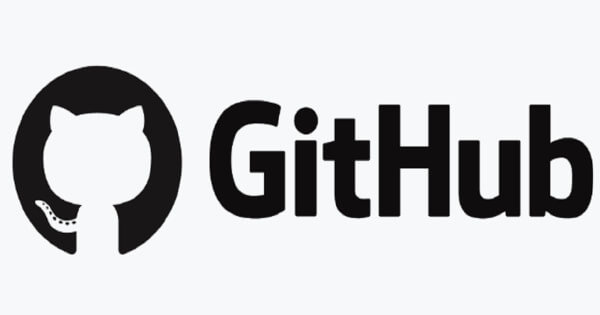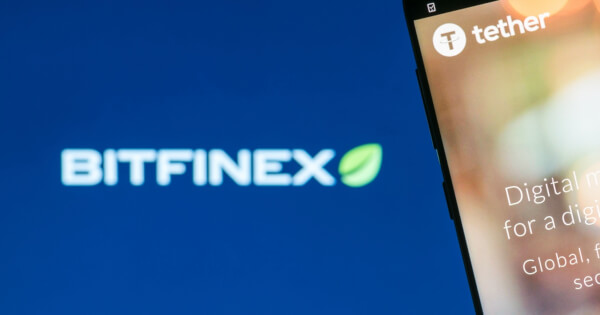
Creating Safe and Scalable MCP Servers: Key Methods and Greatest Practices
Caroline Bishop
Jul 26, 2025 13:50
Discover the way to construct safe and scalable distant Mannequin Context Protocol (MCP) servers with sturdy authorization and safety measures. Find out about OAuth 2.1 integration, AI gateways, and finest practices.
The event of safe and scalable distant Mannequin Context Protocol (MCP) servers is a crucial job within the evolving panorama of AI integration, based on GitHub. With the distinctive means to attach AI brokers to exterior instruments and knowledge sources with out particular API connectors, MCP presents a standardized methodology for linking giant language fashions (LLMs) with needed contexts. Nevertheless, this additionally introduces potential safety vulnerabilities that builders should tackle.
Significance of Safety in MCP
MCP servers function bridges between AI brokers and varied knowledge sources, together with delicate enterprise assets. This connectivity poses important safety dangers, as breaches may enable malicious actors to control AI conduct and entry related methods. To mitigate these dangers, the MCP specification contains complete safety pointers and finest practices. These tackle frequent assault vectors, similar to confused deputy issues and session hijacking, to assist builders construct safe and sturdy methods from the outset.
Authorization Protocols
Safety in MCP is additional enhanced by means of using OAuth 2.1 for safe authorization, enabling MCP servers to leverage trendy safety capabilities. This contains authorization server discovery, dynamic shopper registration, and useful resource indicators to make sure tokens are certain to particular MCP servers, stopping token reuse assaults. These protocols streamline the combination of safety measures, permitting builders to make use of present OAuth libraries and off-the-shelf authorization servers.
Implementing Safe Authorization
To implement safe authorization in MCP servers, builders want to contemplate a number of key parts:
- PRM Endpoint: MCP servers should implement the
/.well-known/oauth-protected-resourceendpoint to promote supported authorization server scopes. - Token Validation Middleware: Ensures that MCP servers settle for solely legitimate tokens, using open-source options like PyJWT for token extraction and validation.
- Error Dealing with: Correct HTTP standing codes should be returned with applicable headers for lacking or invalid tokens.
Scaling with AI Gateways
As MCP servers acquire adoption, scalability turns into a problem. AI gateways may also help handle visitors spikes, rework protocol variations, and keep constant safety insurance policies throughout a number of server situations. These gateways deal with duties similar to price limiting, JWT validation, and safety header injections, simplifying server implementation and administration.
Manufacturing-Prepared Patterns
For manufacturing deployment, builders should deal with sturdy secrets and techniques administration and observability. Secrets and techniques needs to be managed utilizing devoted providers like Azure Key Vault or AWS Secrets and techniques Supervisor, making certain safe entry by means of workload identities. Observability requires structured logging, distributed tracing, and metrics assortment, all essential for sustaining server well being and efficiency.
Constructing safe and scalable MCP servers entails integrating superior authorization protocols and leveraging trendy cloud infrastructure. By prioritizing safety from the beginning and adhering to finest practices, builders can create dependable MCP servers able to dealing with delicate instruments and knowledge.
For extra detailed data, seek advice from the GitHub documentation on MCP authorization and safety finest practices.
Picture supply: Shutterstock



